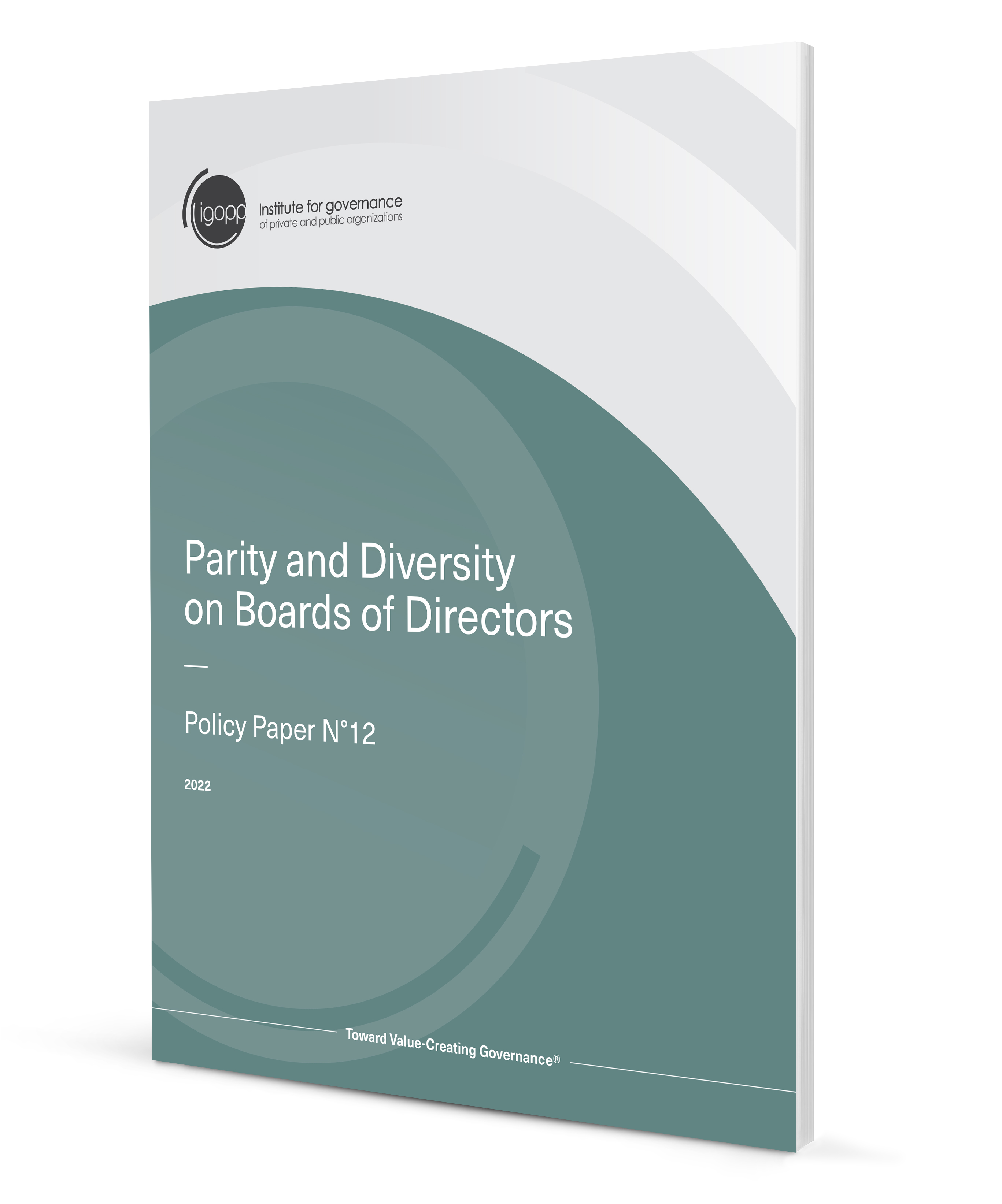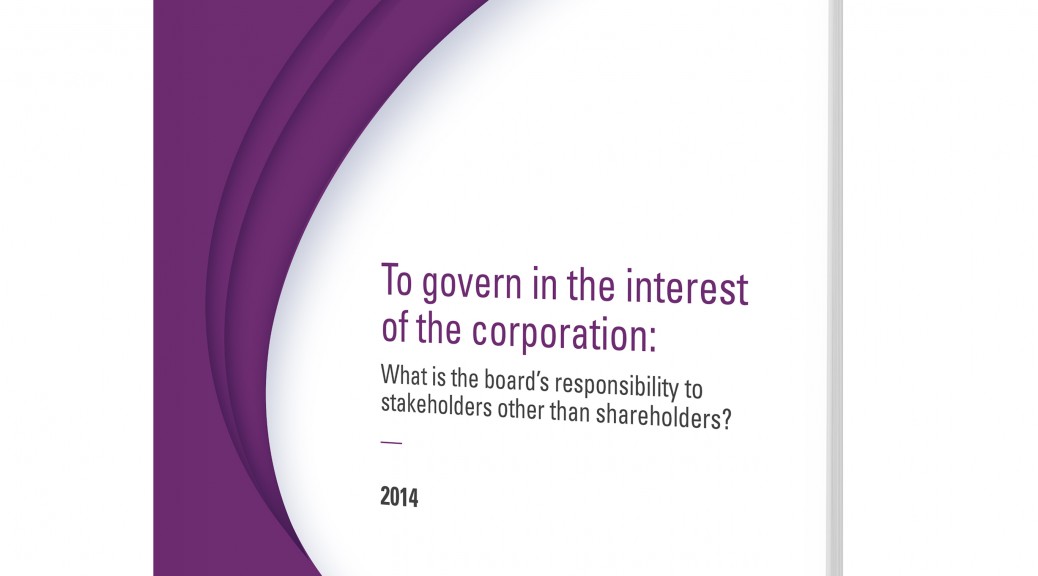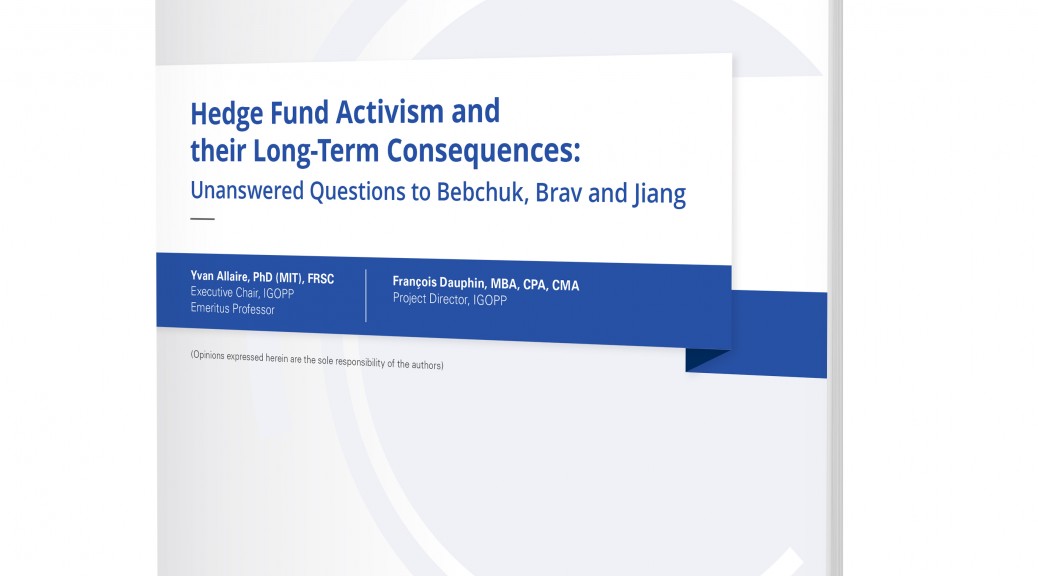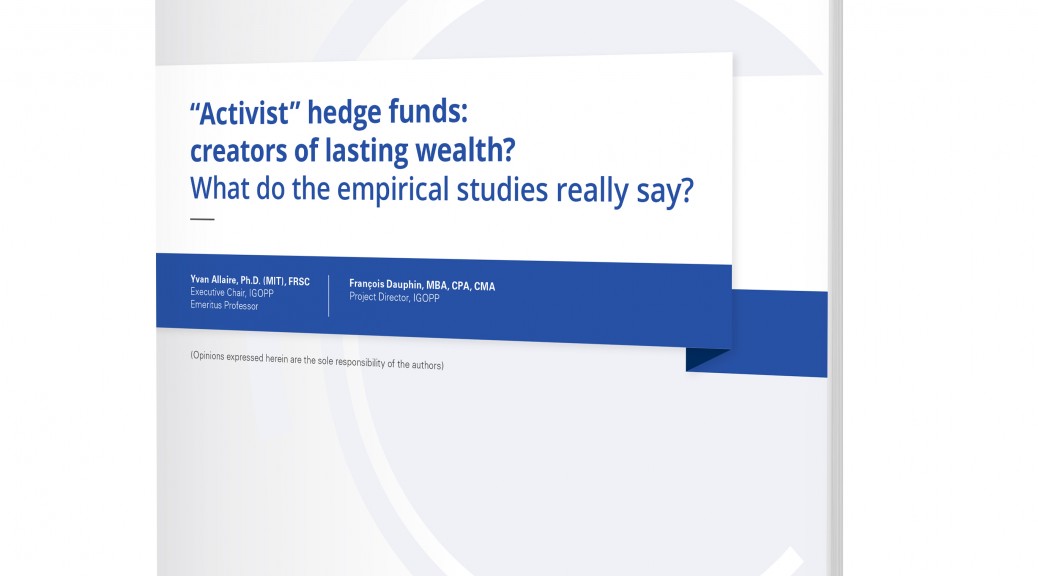When, for reasons that will be left unexplained here, hedge funds decide “to go public”, i.e. list shares on a stock exchange, they marshal all the available legal, fiscal and accounting acumen to achieve two goals: 1. Pay as little tax as possible; 2. Keep total, unfettered control of the company. To achieve the latter, in all cases they have created capital structures with two classes of shares!
On October 13th 2014, a hedge fund controlled by Pershing Square (owned by Bill Ackman) was officially listed on the Amsterdam stock market. Its prospectus outlined the corporate structure adopted for this publicly listed entity. In essence, the entity, which will be legally located in Guernsey (a Channel island and a haven for tax-efficient financial structures) will be issuing two classes of shares, with one class holding 50.1% of the votes. This class of shares will be held in a separate entity with a board of independent directors. But these “independent” directors happen to be “professional” directors who sit on the boards of multiple companies set up in Guernsey for tax-efficiency reasons.
Presumably, also for tax reasons, the Pershing structure includes “an independent trust [which] has been established for the benefit of one or more charitable organizations, currently The Breast Cancer Society of Canada”. Very curious indeed! This whole arrangement may be but an intermediate step to a U.S. listing by Pershing.
Of course, this capital structure precludes any “activist” investor from pressuring the management of Pershing for board representation, for changes in strategy, or for any of the other activist initiatives with which Pershing pursues companies with conventional capital structures.
Bill Ackman did try once upon a time to influence the management of a controlled company with a dual class of shares: Canadian Tire. He learned that this type of structure could easily resist his brand of “activism” and sold out. “Because we believe that one of our important competitive advantages is our ability to effectuate change at companies in our portfolio, other than in special circumstances, we do not expect to make investments in controlled companies in the future.” (Pershing Square Q3 2008 Investor Letter, by Bill Ackman, November 15, 2008.) Thus, Pershing Square would not invest in the shares of…Pershing Square. But, Ackman invites other investors to become shareholders of his company where they cannot effectuate change.
Pershing Square did not invent this financial legerdemain. For instance, in 2007, The Blackstone Group, an alternative asset manager (another term for hedge fund) decided to list shares (or units as they prefer to call them) on the New York stock Exchange. Here’s how they did this:
«We have decided to organize The Blackstone Group L.P. as a limited partnership …and to avail ourselves of the limited partnership exception from certain of the New York Stock Exchange governance rules» .
This arrangement «eliminates the requirements that we have a majority of independent directors on our board of directors and that we have a compensation committee and a nominating and corporate governance committee composed entirely of independent directors».
«In addition, we will not be required to hold annual meetings of our common unitholders. The Blackstone Group L.P. common unitholders will have only limited voting rights and will have no right to elect our general partner or its directors…» (From the Blackstone prospectus).
In 2010, KKR, a private equity fund, also went public. Their prospectus makes it clear that:
«Our common unitholders do not elect our Managing Partner or its board of directors and, unlike the holders of common stock in a corporation, have only limited voting rights on matters affecting our business and therefore limited ability to influence decisions regarding our business. Furthermore, if our common unitholders are dissatisfied with the performance of our Managing Partner, they have no ability to remove our Managing Partner, with or without cause.»
So, it seems that these swash-buckling capitalists are not really true believers in free-for-all capitalism when it comes to their business and their money.
Yet, their professed capitalistic credo anathematizes any measure that would tamper with the “one-share-one-vote” mantra. In hedge fund heaven, there are no poison pills, no staggered boards, no dual class of shares, no constraints of any sort on the will of the “owners”.
One would think that these holy principles would guide these champions of unfettered capitalism, should they decide to list their fund/company on a stock exchange. Alas, it is not so!
However, the management and boards of directors of real companies, pressured and coerced by proxy advisors, institutional investors, sundry academics, and the whole governance industry, rarely deviate from the orthodoxy of one-share-one-vote and the primacy of shareholder interest. When any company does deviate, it is treated, more or less harshly, as an inferior form of capitalism.
Where were these defenders of the orthodoxy when Blackstone, KKR, Pershing Square et alia came up with these schemes? Not a peep of protest came from these quarters.





